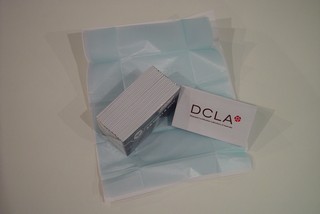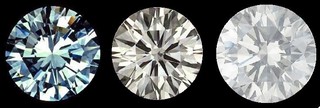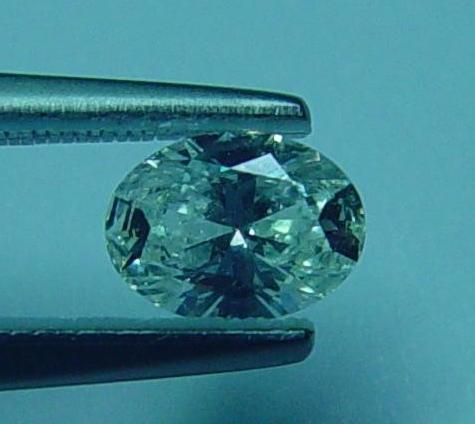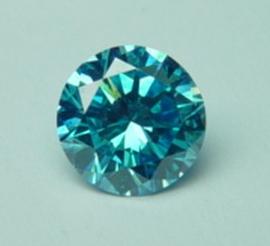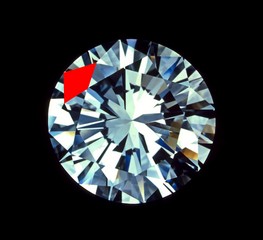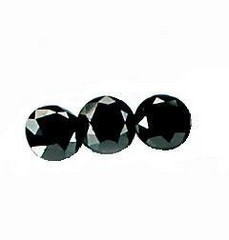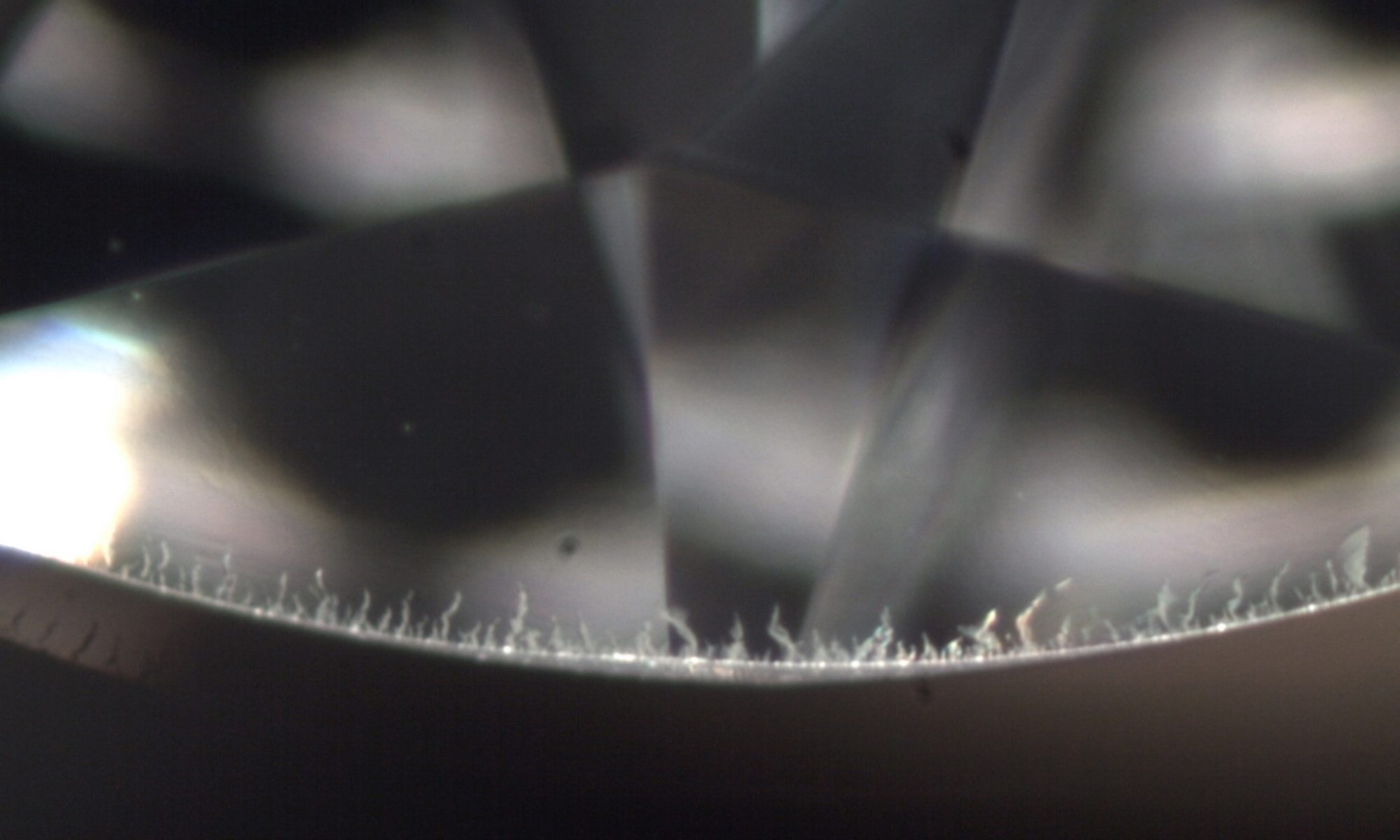A small folded envelope-like paper used to safely hold a diamond. Information about the diamond is generally written or printed on the outside of the briefca.
Brilliance
The amount and intensity of light reflected to the eye through the surface of a diamond. Brilliance is a very important factor in creating beauty and life in a diamond. The proportions of the diamond are most important for light return, but all aspects of the four c’s contribute to creating brilliance.
Bow Tie
The bow tie effect is a dark shadow across the center of a fancy shape diamond, in the shape of a man’s bow tie. This may be a sign of a poorly cut diamond – it is normally seen in diamonds that are cut too flat, too deep, or with badly arranged pavilion facets.
Blue-white
An informal and often misused trade expression that refers to a completely colourless diamond. The diamonds were usually lower cape series diamonds with strong blue fluorescence.
Blue Diamond
A coloured diamond with a natural blue body colour. Blue must be the predominant colour, but it may be modified by shades of grey, purple, or green. The colour in natural blue diamonds is created by the carbon-boron when the diamond is forming. Natural blue diamonds are extremely rare; some blue coloured diamonds with sufficient saturation fall into the valuable fancy blue colour category of diamonds.
Blood Diamond
Diamonds that originate from areas controlled by rebel forces that are opposed to the governments in power, and are used to finance wars against these governments along with other resources like oil and timber. The Kimberley Process has been put in place to combat trade in blood diamonds, also known as ‘conflict diamonds‘. Click here to learn more about conflict diamonds and the Kimberley Process.
Blemish
A blemish is a flaw on the exterior of a diamond, such as a scratch, abrasion, nick or chip. Blemishes are plotted (drawn) in “green” on the plotting diagram of a diamond certificate. Blemishes affect the polish grade of a diamond.
Bezel Facets
Kite-shaped facets on the crown of brilliant cut diamonds. Also known as “top-main” facets.
Black Diamond
A very dark, opaque diamond which appears black. Black diamonds are heavily included with graphite, blocking all or almost all transmission of light.
Bearding
Bearding refers to tiny, hairline cracks along the girdle of a diamond that look like whiskers penetrating into it; the girdle can then appear to have a “fuzzy” outline. Bearding can affect both the clarity grade and the polish grade of a diamond.
